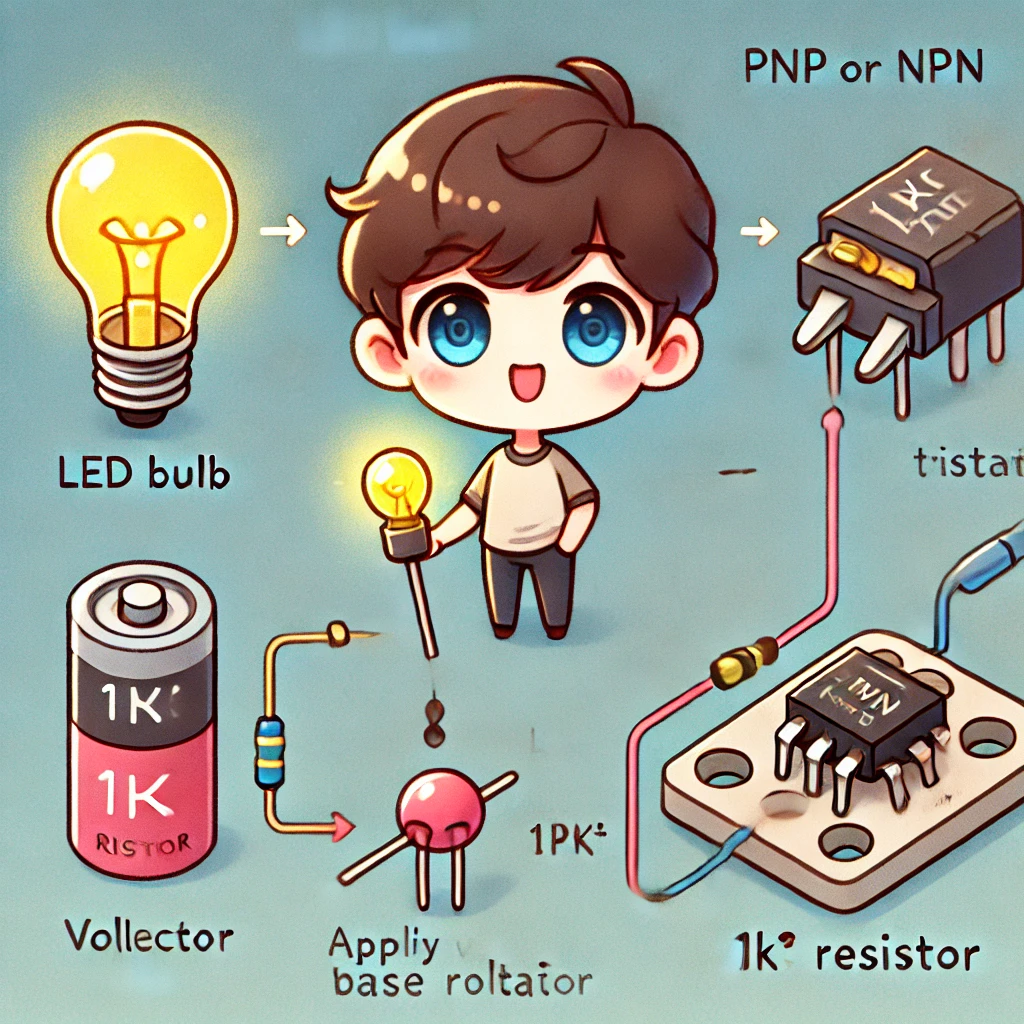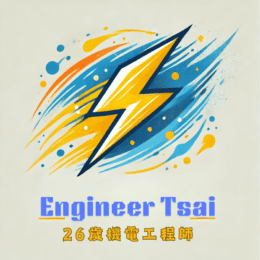Watch Now: Semiconductors – The Core of Modern Electronics!
What is a Semiconductor?
A semiconductor is a material that falls between a conductor and an insulator, with electrical conductivity that can be adjusted based on external factors such as temperature, electric fields, or doping. This unique property makes semiconductors the foundation of modern electronics, widely used in computers, smartphones, and power devices.
Common Semiconductor Materials
- Silicon (Si): The most widely used semiconductor, found in chips and solar cells.
- Germanium (Ge): An early semiconductor material, now largely replaced by silicon due to its instability at high temperatures.
- Gallium Arsenide (GaAs): Used in high-frequency applications such as radar and optical communication.
How Semiconductors Conduct Electricity
A semiconductor’s conductivity depends on its internal electronic structure, which can be modified through doping.
Intrinsic Semiconductors
Pure semiconductor materials contain only a small number of free electrons and holes at room temperature, making them poor conductors.
Doped Semiconductors
By adding impurities, the electrical properties of semiconductors can be altered:
- N-type Semiconductor: Doped with phosphorus (P) or arsenic (As) to increase free electrons.
- P-type Semiconductor: Doped with boron (B) or aluminum (Al) to create more electron “holes.”
When P-type and N-type materials combine, they form a PN junction, which is the core structure of all semiconductor devices.

Applications of Semiconductors
Semiconductors drive modern technology, enabling advancements across various industries. Here are some key applications:
1. Diodes (Diode)
Diodes allow unidirectional current flow, making them essential in rectifier circuits and LED lighting.
2. Transistors (Transistor)
Transistors function as electronic switches, forming the backbone of digital circuits. They amplify signals, control current, and process data.
- BJT (Bipolar Junction Transistor): Used in analog circuits.
- MOSFET (Metal-Oxide-Semiconductor Field-Effect Transistor): Common in power control and computing.
3. Integrated Circuits (ICs)
ICs integrate thousands to billions of transistors on a single chip, forming the core of computers, smartphones, and smart devices.
4. Sensors (Sensors)
Semiconductor-based sensors detect light, temperature, and gases, widely used in cameras, environmental monitoring, and medical devices.
5. Power Electronics (Power Electronics)
Semiconductors enable efficient power management in inverters, electric vehicles (EVs), and industrial power supplies.
Future Trends in Semiconductor Technology
1. Moore’s Law
Predicts that transistor count in chips doubles every two years, driving continuous miniaturization and performance improvements.
2. Advanced Nanometer Fabrication
Current semiconductor manufacturing has reached 3nm, with research pushing towards 1nm and beyond, reducing power consumption while enhancing speed.
3. Carbon-Based & Compound Semiconductors
- Graphene, Gallium Nitride (GaN), and Silicon Carbide (SiC) are potential replacements for silicon, offering superior performance in high-power and high-frequency applications.
4. Quantum Semiconductors
Quantum computing leverages advanced semiconductor technology, potentially revolutionizing computation by exponentially increasing processing power.

Simple Experiment: Testing Semiconductor Conductivity
🔬 Materials:
- LED bulb
- Battery
- PNP or NPN transistor
- Resistor (1kΩ)
🛠 Steps:
- Connect the LED bulb to the collector (C) terminal of the transistor.
- Apply a small voltage to the base (B) terminal and observe if the LED lights up.
- Remove the base voltage – the LED should turn off.
🔎 Result Analysis:
- When the transistor’s base receives voltage, it allows current to flow through the LED, proving that transistors act as electronic switches.
- This demonstrates how semiconductors control current flow, forming the foundation of modern electronics.

Summary & Further Reading
Semiconductor technology is the backbone of modern electronics, from simple diodes to high-performance computing chips. As advancements continue, new materials and fabrication techniques will drive the next generation of faster, more efficient electronic devices.
📌 Further Reading
- The Fundamentals of Circuits: Power, Wires & Load
Understand the core components of a circuit and how electronic devices function through stable power connections. - Current & Voltage for DIY Enthusiasts : Unlock the Basics
A deep dive into voltage and current and their role in semiconductor operations and circuit design. - Is Moore’s Law Ending? The Future of Semiconductor Technology (Coming Soon)
Exploring chip miniaturization challenges and the breakthroughs shaping the next era of semiconductors. - GaN & SiC: The Future of Power Semiconductors (Coming Soon)
How Gallium Nitride (GaN) and Silicon Carbide (SiC) are revolutionizing electric vehicles and high-power electronics.
🔎 Want to learn more about semiconductor innovations? Subscribe to our blog for the latest updates in electronic technology! 🚀


